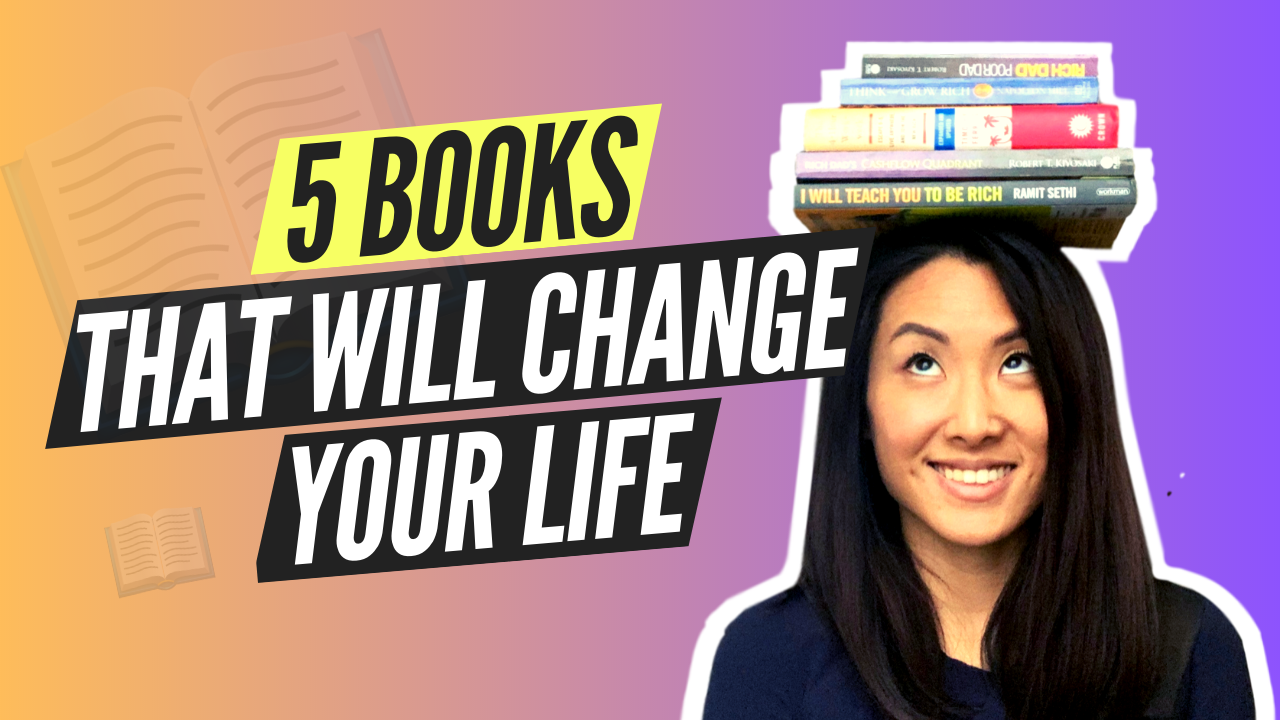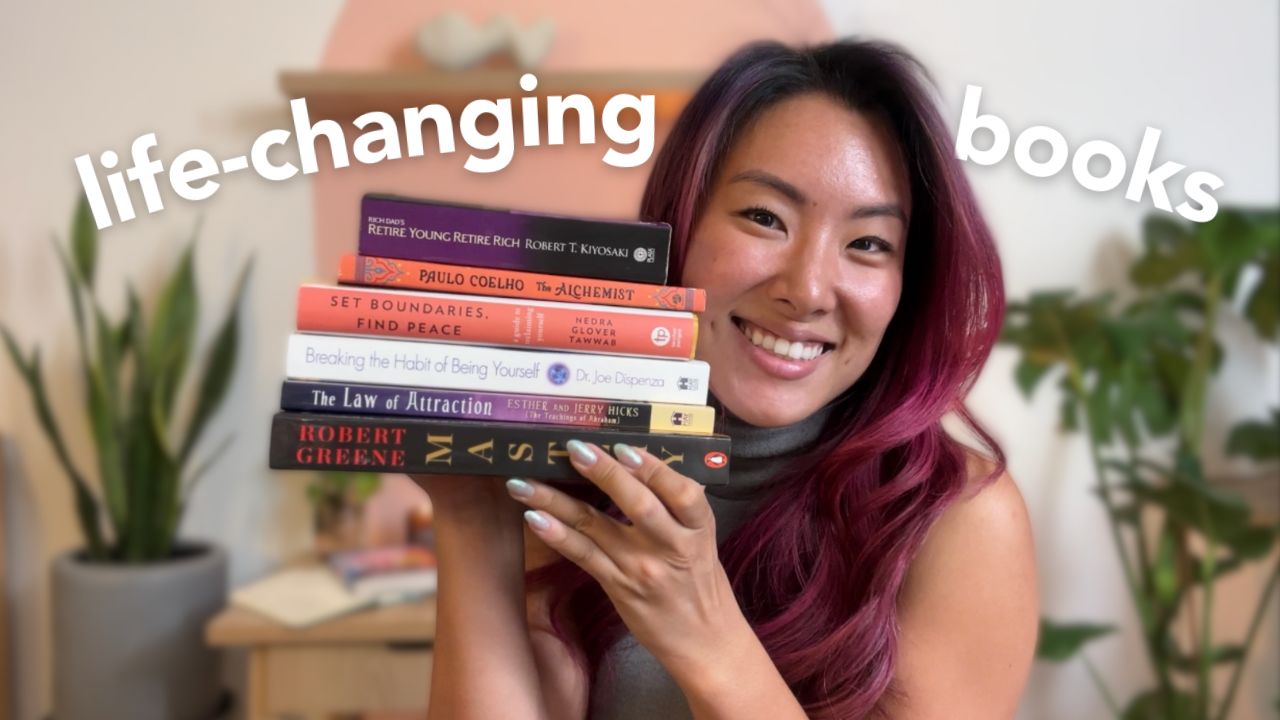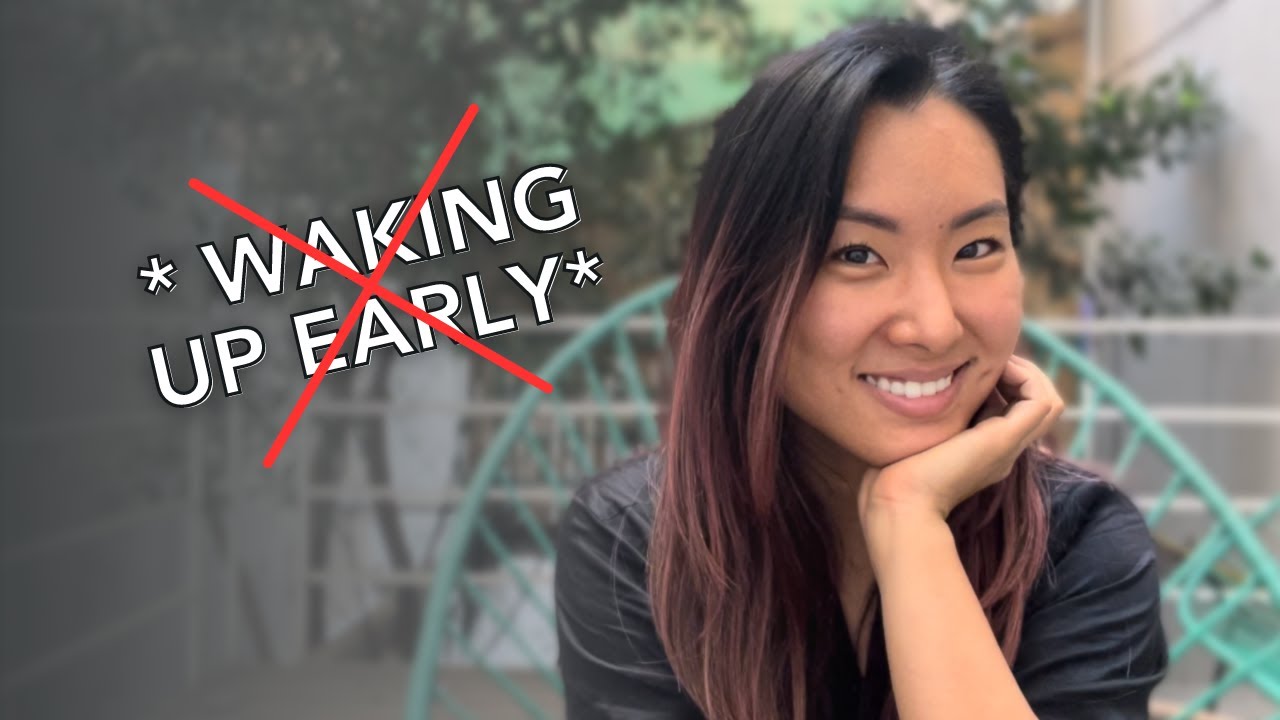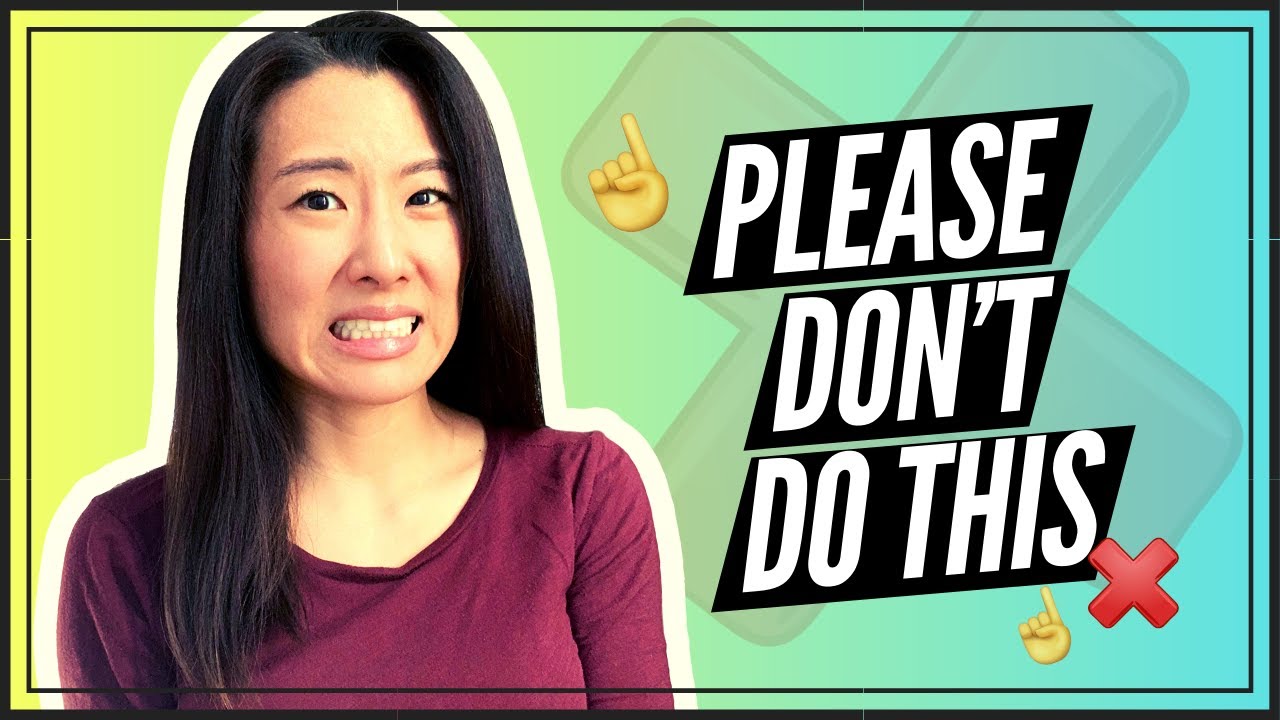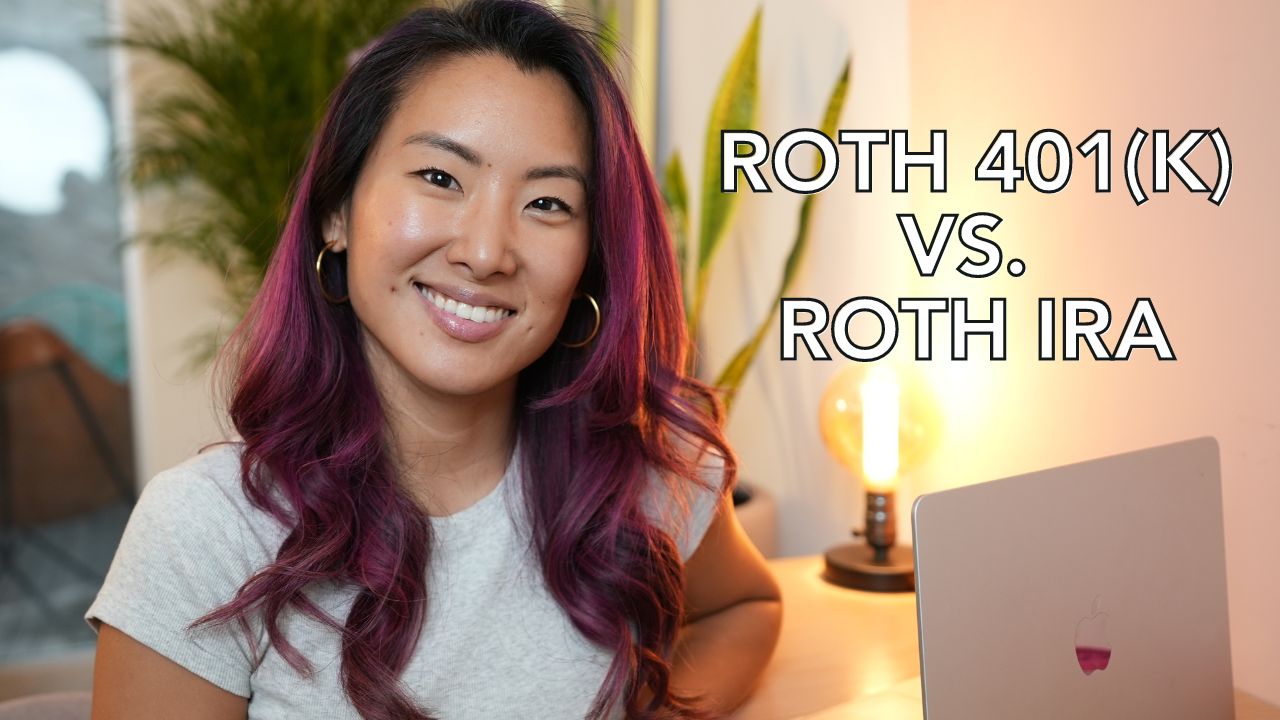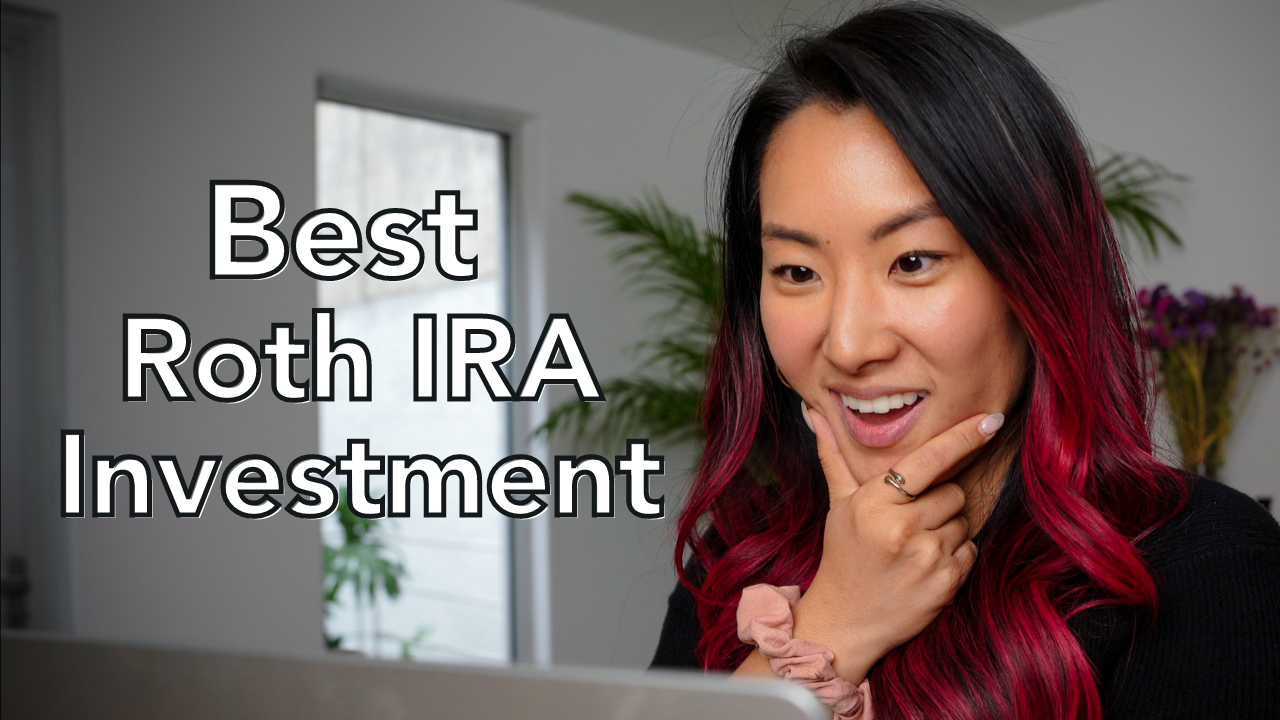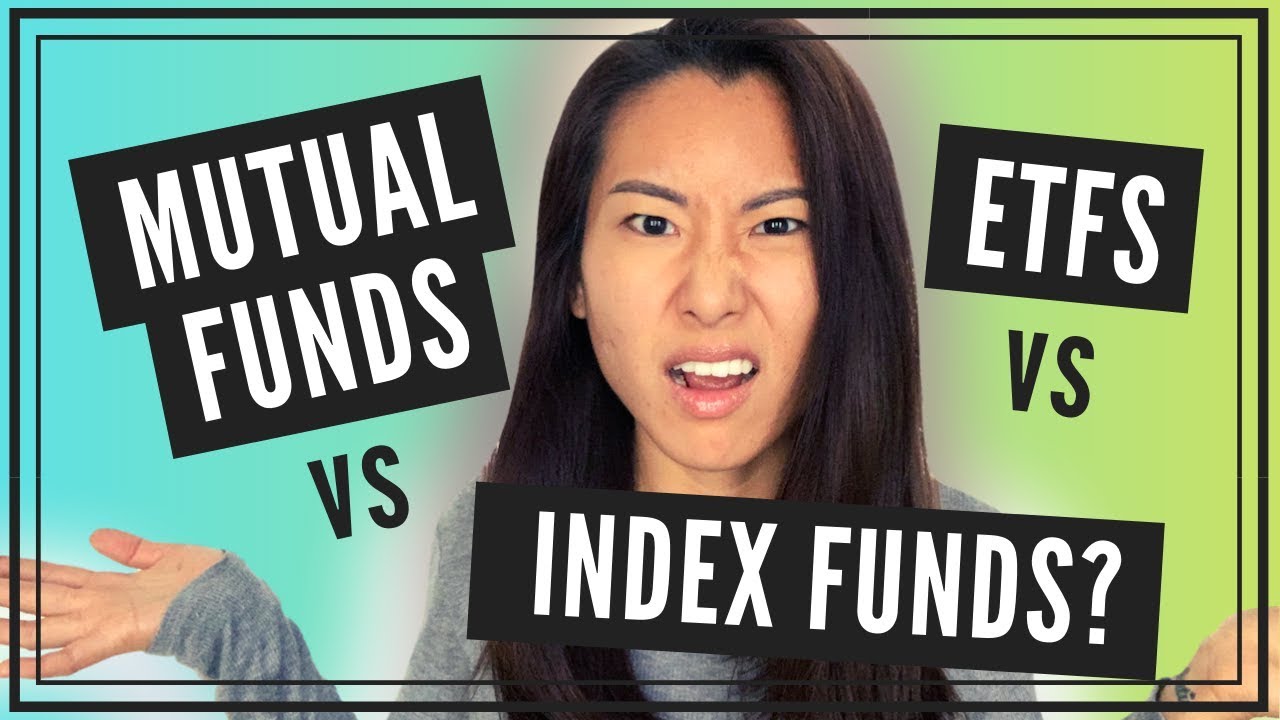If there’s one thing I will always spend money on without hesitation, it’s books. I’ve learned more about money and personal finance from books than I learned in college as a finance major and it was all at a fraction of the cost. In this article, I’m going to talk about the five best personal finance books of all time. I’ll summarize the main takeaways of each book and I’ll also list my reasons for why I think you should read it.
Each of these books had a major impact on my life, changed the trajectory of my career, life, and money choices. I honestly don’t know where I’d be without these books. Probably broke, in debt and barely scraping by… Not a pretty picture.
The list I’m about to share with you isn’t in any particular order but I’ve tried to list the books more or less in the order that they came into my life. Each book gave me key life learnings along the way and represents different milestones in my financial journey that I’ll tell you a little bit more about. So, I hope you enjoy and let’s dive right in.
Rich Dad Poor Dad by Roberty Kiyosaki
So the first personal finance book I’ve ever read was in my early teens, Rich Dad Poor Dad, what the rich teach their kids about money that the poor and middle-class do not by Robert Kiyosaki. In this book, Kiyosaki talks about the money lessons that he learned from his two dads, his real father, who was his poor dad and his best friend’s father, who was his rich dad. His poor dad, despite being hardworking and highly educated, never really got ahead financially. And his rich dad, on the other hand, didn’t even finish high school, but his rich dad understood the rules of money and became one of the richest businessmen in Hawaii.
So here are some key takeaways from the book. Kiyosaki says that in order to become wealthy, you need to understand the difference between an asset and a liability. I think this is by far the most important lesson from the book because the wealthy buy assets whereas the poor and middle class buy liabilities.
An asset is anything that puts money in your pockets such as stocks, bonds, rental property, and a liability is anything that takes money out of your pocket, so cars, houses, watches, designer handbags, things like that. Liabilities cost money to buy and they cost money to maintain, so they really prevent you from building wealth because the cashflow direction is out of your pocket versus into your pocket. On the other hand, every dollar you invest in an asset becomes a kind of like an employee that’s working for you 24 seven to create more income even when you’re on vacation.
This is the whole idea behind passive income and I actually have a whole video about investments that throw off passive income, so check it out right here if you’re interested, but essentially the idea is that assets throw off income or cash flow even when you’re not working for it.
The goal is to get your income as high above your expenses as possible so that you can invest this excess income into assets and then these assets throw off more income and then they create this virtuous cycle of increasing cash flow and increasing assets. When you have enough income from your assets to cover your monthly living expenses, that’s when you become wealthy, according to Kiyosaki.
In the book, he also differentiates between your job and your assets. So your job is not an asset because if you stop working, the money stops coming in. But if you take the income from your job and then you turn that into assets, that’s what’s really going to make you wealthy and enable you to leave the so-called rat race.
Another point I thought that was super important to highlight is that financial literacy is everything. Financially ignorant people make decisions based on fear and greed whereas financially literate people make decisions based on rational analysis. For example, the fear of losing money prevents financially ignorant people from investing in stocks even though that’s what would make them wealthy in the longterm. The more financial literacy you have, the less influenced you’ll be by your emotions and the better decisions you can make.
Finally, the book also talks about the importance of understanding the tax code to minimize your taxes. Taxes are going to be your single biggest expense over your lifetime. And Kiyosaki says that financially intelligent people know how to use the tax code to make themselves wealthy. For example, business owners earn, they spend as much as they can and then they get taxed on what’s left. On the other hand, employees earn, they get taxed, and then they spend only what’s left. So the wealthy take advantage of businesses, corporations and other legal structures that allow them to do to deduct all their expenses before they pay any taxes. Unfortunately, the school system isn’t designed to teach you this stuff, so it’s up to you, up to us to obtain the financial education on your own.
I grew up in a very traditional Korean family and the only life advice I ever got was to go to school, study hard and get a good job. If I hadn’t come across this book, I probably never would have realized that there was another better way. So I consider Robert Kiyosaki as my rich dad and I really learned so much from him that you typically wouldn’t learn from your parents or in school. To open your eyes to a whole new world of possibilities, please do yourself a favor and read Rich Dad Poor Dad. It’s the best selling personal finance book of all time so I seriously can’t recommend this book enough. I will say though that the teachings are pretty high level and there isn’t a whole lot of actionable detailed advice. So if you’re looking for a more practical step by step guide, then this next book is for you.
Cashflow Quadrant by Robert Kiyosaki
My next book is another one by Robert Kiyosaki, Cashflow Quadrant and it’s basically part two of Rich Dad Poor Dad. In the book, Kiyosaki tells the story of how he and his wife Kim, used to be homeless and then he tells the story of how they got out of it and became financially free in just a few short years. It’s an incredible story and very inspiring and he lays out the seven steps to financial freedom, which are the exact steps he and his wife took to get out of being homeless to retire young and retire rich.
He talks about the cashflow quadrant, which has four quadrants, E, S, B and I. E stands for employee and E’s main source of cash flow is their paycheck. B stands for the business person and B’s get the bulk of their cash flow from the businesses that they own. S stands for self-employed and S’s get most of their cash flow from working in their businesses. S’s are lawyers, doctors that have their own practice, freelancers, consultants and anyone who works for themselves. So they don’t have the freedom of a B because they are their business. If they stopped working, the money stops coming in. The fourth quadrant, I stands for investor and I’s get most of their cash flow from investment income such as dividends, interest, and rent. Most of us are conditioned to become E’s. Nobody learns in school how to become an entrepreneur, how to invest their money, things like that.
However, Kiyosaki says that true financial freedom lies in the B and I quadrants. The B’s and I’s take a lot of risks, but they also have passive income that enables them to work only if they want to. B’s and I’s tend to value freedom, whereas E’s tend to value job security. He also talks about how B’s and I’s pay the least in taxes because there’s a lot of loopholes available to B’s and I’s, whereas E’s and S’s have a lot less to work with. This book is all about being intentional about which quadrant you end up in. So, I come from a family of E’s but after graduating college, I realized that what I really wanted was to become a B and an I. Corporate life just wasn’t for me, I wasn’t cut out to be an employee even though that’s what I thought I had to become based on what my family would tell me all the time.
So you don’t have to stay in the quadrant that you’re in now. However, it will take a lot of dedication and learning to jump over to a new quadrant. And this book tells you exactly what kind of skills you need to learn and the mindset shifts you need to make to change quadrants. It’s been like seven years since I last read this book and I’m currently rereading it again and seriously, it’s just blowing my mind just as much if not more than before. I’ve read every single one of Robert Kiyosaki’s books and it’s so hard to convey how much I’ve learned from them. So, do yourself a favor and pick up a copy of the Cashflow Quadrant now.
The 4-Hour Workweek by Tim Ferriss
The next personal finance book that changed my life is The 4-Hour Workweek by Tim Ferriss. I came across this book in my freshman year of college in New York and this was at Barnes and Noble in Union Square and the title and the cover of the book caught my eye. I had taken a gap year before college to backpack around the world and I was totally looking for a way to go traveling again. I was deep into my freshman year, really missing that travel life and life got pretty busy for me because I was studying to get a finance degree and I was also working full time to put myself through college.
So reading The 4-Hour Workweek inspired me to just think out of the box from the traditional nine to five, get a nine to five job after school kind of life and it really encouraged me to dig deeper and look for other ways.
The biggest takeaway from the book is the idea of time and location freedom. When you have total control over when you work and where you work, you’re part of what Tim Ferriss calls the new rich. The new rich don’t necessarily have a ton of money, although sometimes they do, they have automated streams of income, passive income, that allows them to work from anywhere and to work only as much as they want to. So in the book he gives you a blueprint for creating passive income streams that enable you to live the new rich lifestyle. And he even has some tips on how regular office employees can also live the new rich lifestyle by becoming hyper-efficient with their time and priorities and by getting their bosses to let them work remotely.
He also talks about how to take mini-retirements, which is the antithesis of the traditional idea of retirement, where you work for 50 years and then you retire when you’re old. All in all, it’s a really cool book that challenges you to rethink everything you believe about productivity, time and money. Before reading this book, I thought that if I wanted to travel the world again, my only options were to either be a broke vagabond backpacking traveler or to work long hours at a high paying job and just have two weeks of vacation once a year. Oftentimes society trains us to think that we can really only choose between A or B, but there’s always option C where you can have the best of both worlds.
I recommend this book for anyone who wants to design their life intentionally and make time to do the things you want to do now, not decades later when you’re old and retired.
The First Personal Finance Book
Fourth on my list of best personal finance books of all time is I Will Teach You To Be Rich by Ramit Sethi. He gives pretty unconventional advice like don’t keep a budget, buy all the lattes you want and use credit cards to your advantage. And his book is basically the ultimate guide to financial adulting in a way that we would want to follow. Not to mention he has a kind of weird sense of humor that totally cracks me up. He gives specific recommendations on where to open your bank accounts, what credit cards to use, how to use your credit cards, where to open your Roth IRA, how to get out of debt, as well as how to bucket your money between fixed costs, saving, investing and guilt-free spending.
I actually did a video recently called budgeting for beginners. Click here if you want to check it out. But a lot of the system that I use came from advice that I got from his book. It’s not the exact same, but it’s very similar in the sense that he doesn’t really advocate keeping a line by line strict budget. It’s more about paying yourself first, telling your money where to go and then after you’ve done all that, then you can spend guilt-free. His whole idea is about automating everything and by automating everything, you bypass the need to exercise willpower when you’re saving and managing your money.
It’s a really, really awesome book and every time I read it I get some new ideas on how I can better optimize my finances. I also love his tip about opening multiple savings accounts for different savings goals.
